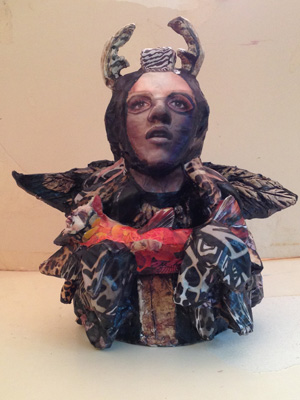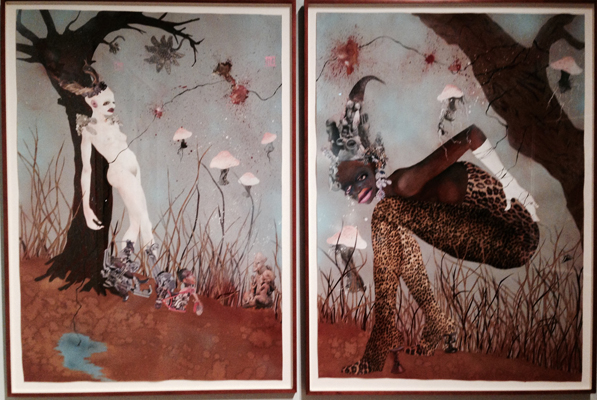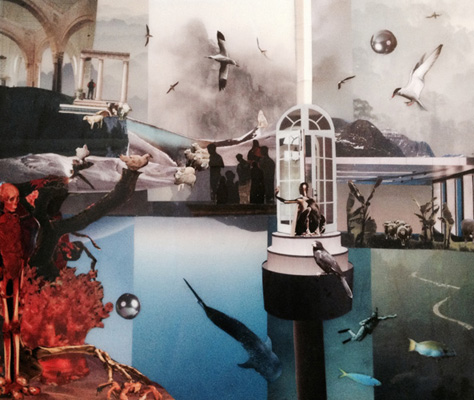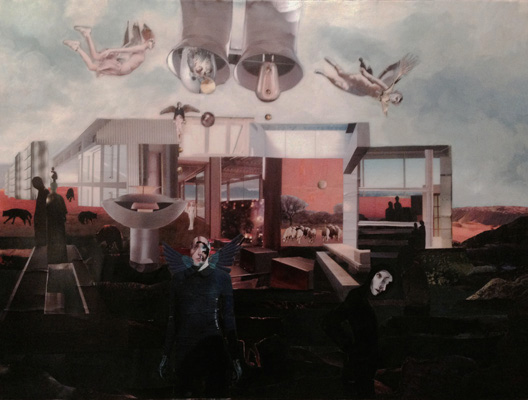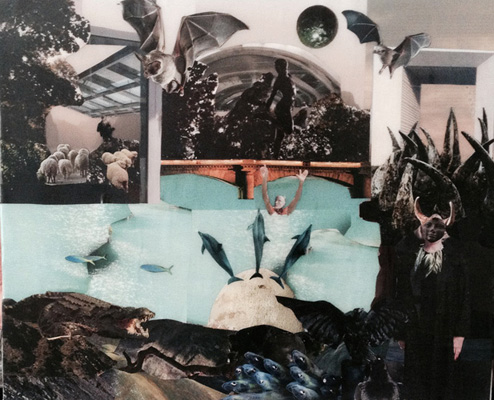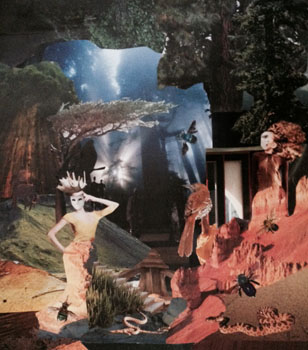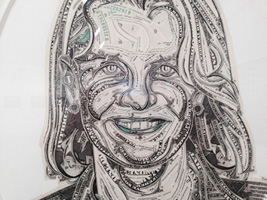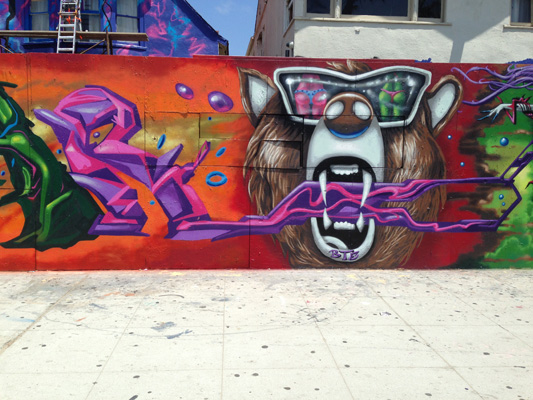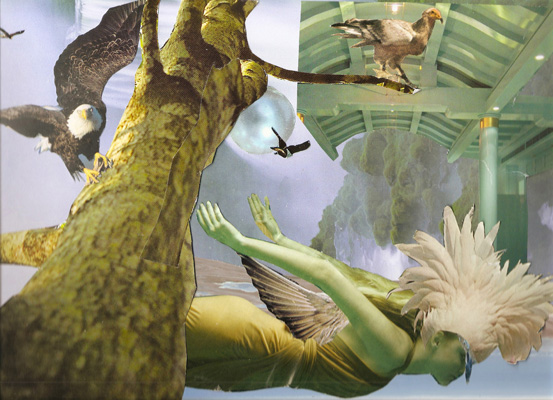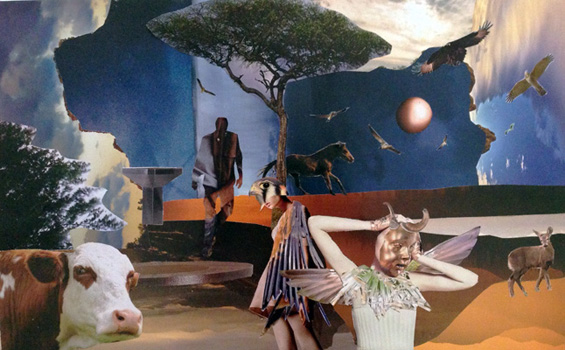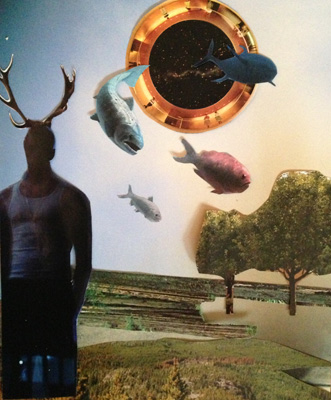 I was told in art school that my work would take me where it was supposed to go. At that time I had dreams of being able to support myself with my art alone. I was thrilled when I sold a painting or drawing at an outdoor art show. I did them all (Greenwich Village, Atlantic City, Mystic, etc.) I was still naive and thought I would be discovered on the street. Of course that didn’t happen, but it gave me experience and made me a lot wiser about marketing my work. I watched other artists sell their artwork, work which had a more universal appeal. While many of the artists who sold had professional skills, much of what they produced was cliché. I became friendly with a couple of these artists and they professed to love their life as they traveled from state to state doing the outdoor exhibits. They spent their winters in warmer climates and summers in the northern states. I must confess, I was jealous and if things had gone better for me, I might have tried doing the same thing.
I was told in art school that my work would take me where it was supposed to go. At that time I had dreams of being able to support myself with my art alone. I was thrilled when I sold a painting or drawing at an outdoor art show. I did them all (Greenwich Village, Atlantic City, Mystic, etc.) I was still naive and thought I would be discovered on the street. Of course that didn’t happen, but it gave me experience and made me a lot wiser about marketing my work. I watched other artists sell their artwork, work which had a more universal appeal. While many of the artists who sold had professional skills, much of what they produced was cliché. I became friendly with a couple of these artists and they professed to love their life as they traveled from state to state doing the outdoor exhibits. They spent their winters in warmer climates and summers in the northern states. I must confess, I was jealous and if things had gone better for me, I might have tried doing the same thing.
But alas, I couldn’t compromise my paintings to what was selling and spent most of the early years working without an income. However, I did discover the juried exhibitions and fared much better there. I not only won prize money, but also sold one or two of my watercolors. I did this for years getting my work into good collections and building a resume. Still, I couldn’t send a child, much less two, off to college on what my work was earning. It was my teaching that would eventually give me an income and the freedom to explore what I really wanted to do with my art.
I look back on this now and realize my art, did indeed, take me where it was supposed to go. I ended up finding a collage technique that opened my eyes to new and unusual ways of seeing subject matter. While my work may not be for everyone, I’m enchanted with the fact that I am being taken along on this journey and have no idea where the destination will take me.
